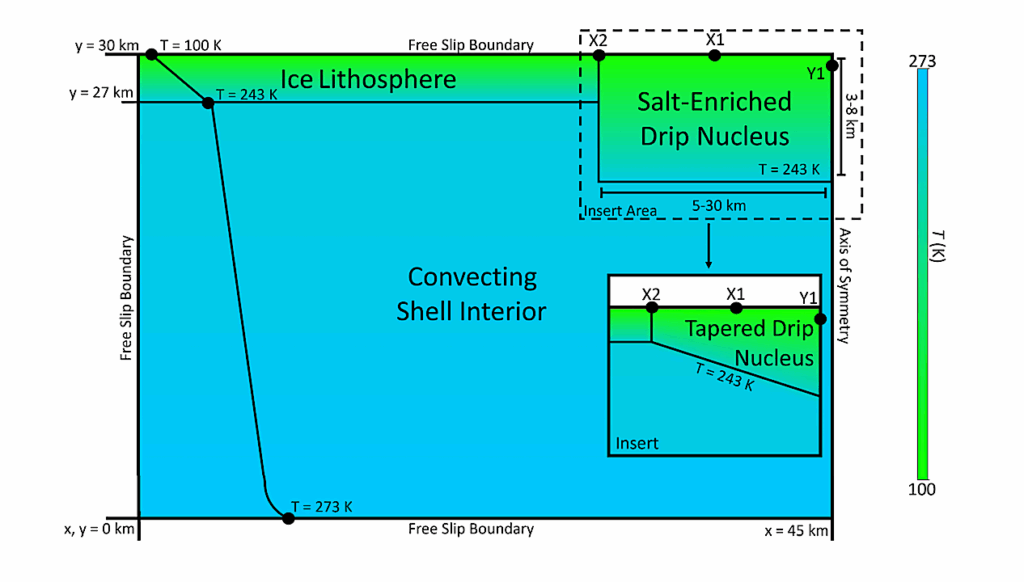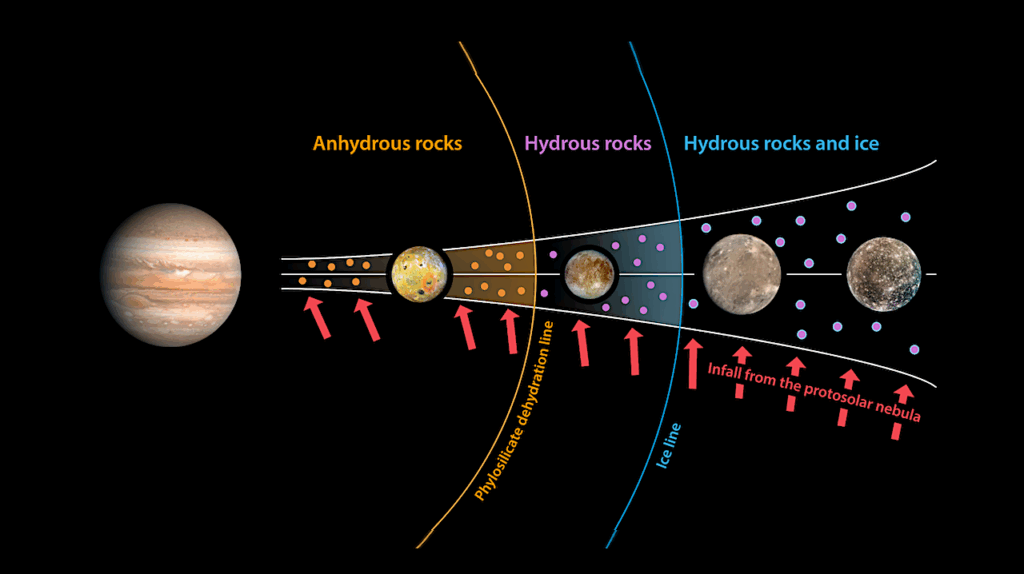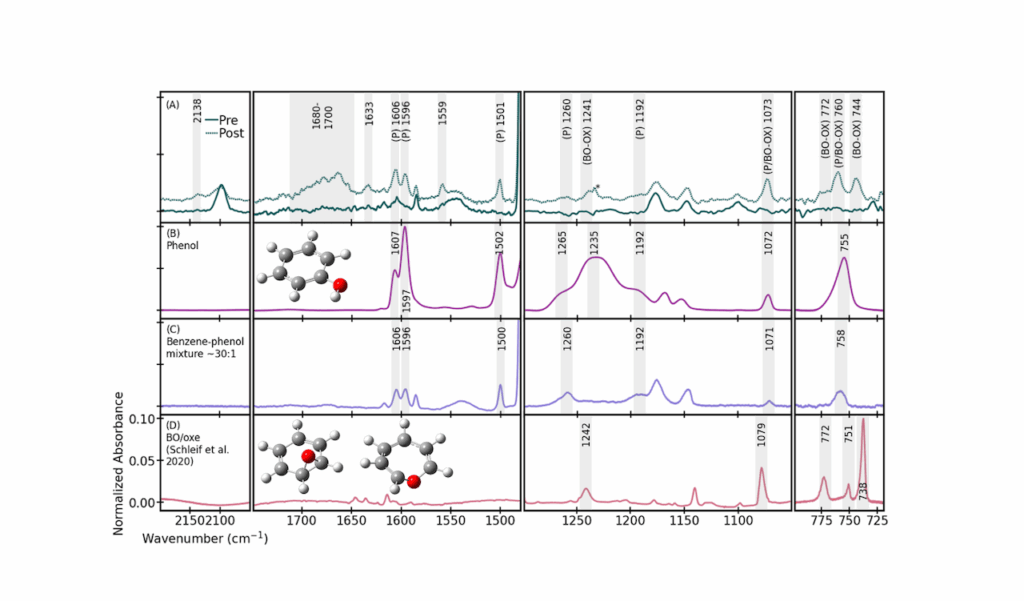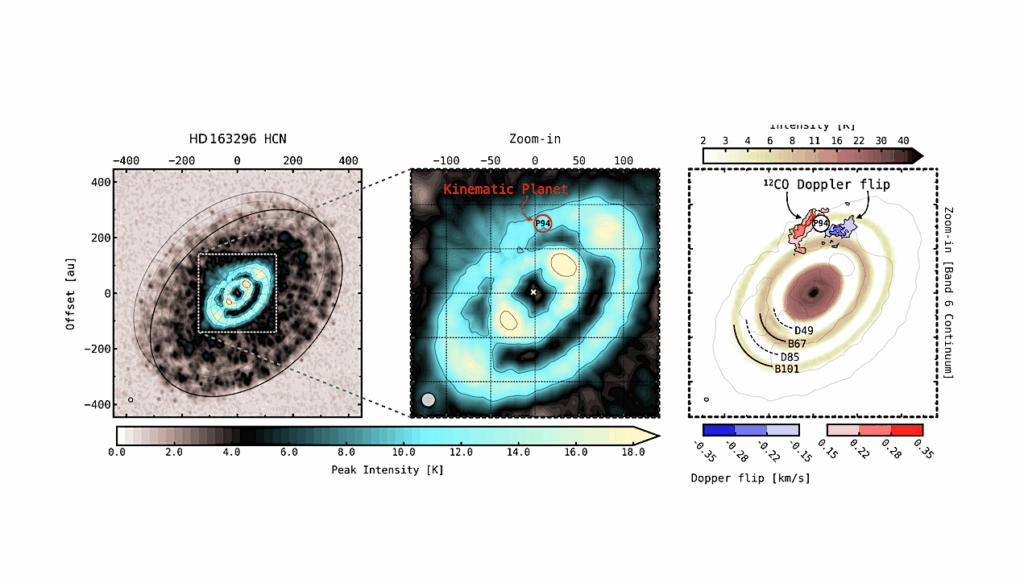Viking 1 Examines Martian Soil
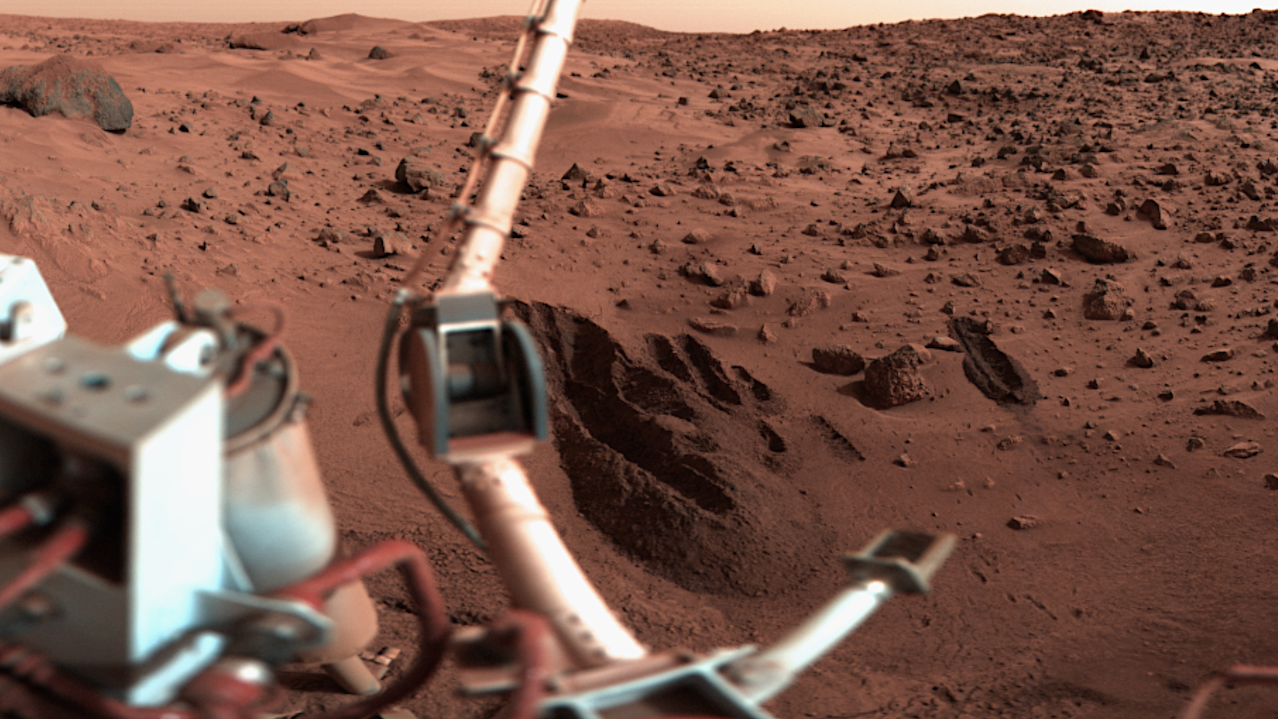
Operations have begun at the Viking landing site to dig foot-deep trench in the Martian soil and distribute samples to three instruments.
The deep trench is being dug to help Viking biologists understand the complex soil chemistry and to see if large amounts of oxygen that were observed in surface samples also occur at depth.
Commands were sent Thursday from Jet Propulsion Laboratory to Viking Lander to begin its deep-digging operations Feb. 12. The sequence will continue through March 15, and will include series of pictures taken by the lander to show mission controllers how it is progressing.
On March l3 the first sample from the deep trench will be placed in the inorganic soil-analysis experiment.
The final sample, from the bottom of the trench, will be placed in the biology instrument’s gas-exchange experiment sometime in early April, according to current planning.
A shallower trench will be dug by Viking lander 2. The operations began with an attempt to build rock pile that would have been placed in the inorganic soil analysis instrument. However, scientists were unable to find any pebbles and have concluded that the area where the dig took place has only fine materials and lightly cemented soil grains.
During Lander 2’s digging sequence soil sample will be taken for the inorganic experiment on Feb. l6. Another attempt will be made to build rock pile on Feb. 27. sample for the inorganic experiment will be taken March 12 and 13.
The final sample from the bottom of the trench will be placed in Lander 2’s biology instrument about March 28 and 29, according to present plans.
That sample will be distributed to Lander 2’s labeled release and carbon assimilation experiments, and will be used for “cold incubation” sequence.
Meanwhile, Viking Orbiter continues to close in on the Martian satellite Phobos for series of close passes. The sequence will begin Feb. l8 and continue through Feb. 24. The closest pass — at distance of about 80 kilometers (50 miles) -will occur Feb. 23. total of ll close passes at Phobos are planned.
In addition to series of photographs of the small satellite, scientists will closely measure Phobos’ temperature and will observe how its gravity deflects the course of the spacecraft. All these measurements and the pictures should help determine Phobos’ composition and provide some clues to its history and that of the solar system.
After completion of the Phobos encounters, mission planners will alter the orbit of Viking Orbiter l, dropping its closest approach to Mars to about 300 kilometers (185 miles) from the present periapsis altitude of 1,500 kilometers (950 miles).
The Viking Mission is managed for NASA by the Langley Research Center at the Jet Propulsion Laboratory.
818-354-5011
1977-0808
Astrobiology



